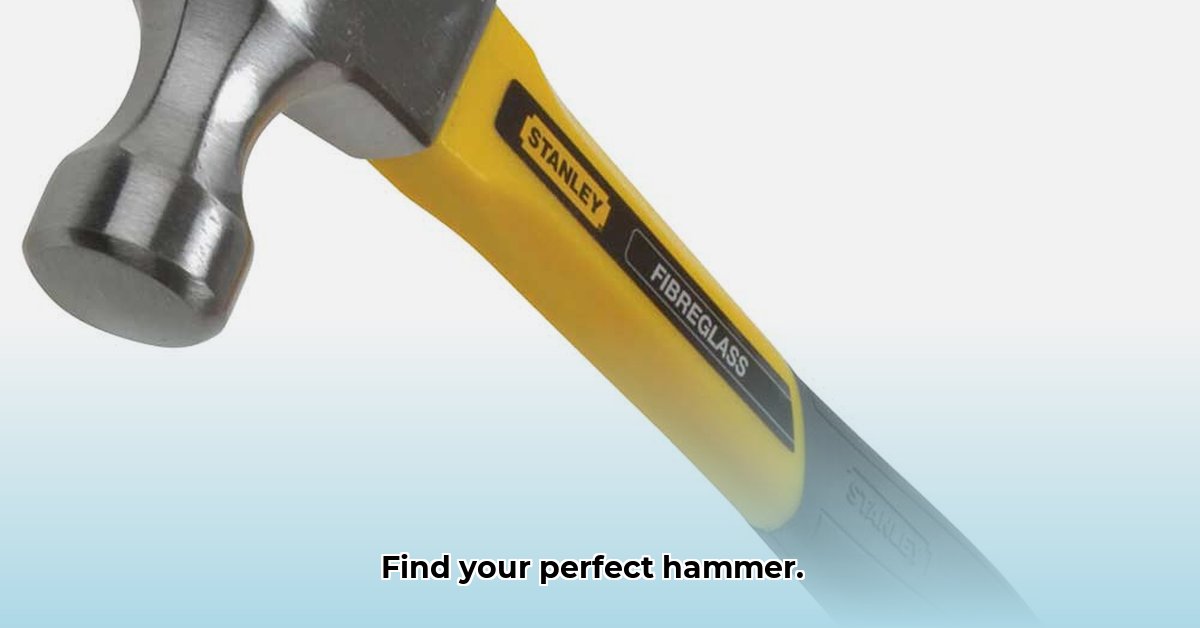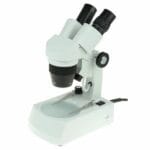Ever wonder why there are so many different types of hammers? It seems simple enough – a head, a handle, you hit things. But hammers are surprisingly complex tools, each designed for a specific task. From building a birdhouse to knocking down a wall, the right hammer makes all the difference. This guide will walk you through the world of hammers, helping you choose the perfect one for your needs, use it safely, and keep it in tip-top shape for years to come. We’ll cover everything from the basics to some insider tips, so whether you’re a pro or just starting out, you’ll be hammering with confidence in no time.
Hammer Tool Selection and Use: A Complete Guide
Let’s talk hammers! While they might seem simple, these tools come in an amazing variety, each designed for specific tasks. From delicate woodworking to demolition, choosing the right hammer is crucial – get it wrong, and you risk poor results or even injury. This guide will show you how to pick the perfect hammer, use it safely, and keep it in top shape. Discover how hammer weight can influence your work efficiency!
Types of Hammer Tools: Finding the Right Tool for the Job
The hammer family is surprisingly large! Here’s a look at some common types and their best uses:
1. The Claw Hammer: Your Everyday Workhorse
This is the classic hammer, the one you probably picture first. The curved claw is perfect for pulling out nails, making it invaluable for most carpentry and home repairs. Claw hammers come in various sizes; a smaller one is great for detailed work, while a larger one handles bigger nails with ease. Expect to find claw hammers with head weights ranging from 8 ounces for smaller tasks to 20 ounces or more for heavier work.
2. The Sledgehammer: Muscle for Demolition
This is the heavyweight champion, designed for serious power. You’ll use a sledgehammer to demolish things, break up concrete, or drive in massive stakes. Sledgehammers typically range from 6 to 20 pounds. It’s a powerful tool, so safety is absolutely paramount – we’ll cover that later.
3. The Ball-Peen Hammer: For Shaping Metal
The ball-peen hammer has a rounded end (the “peen”) specifically for shaping metal. This makes it essential for metalworking, jewelry making, and other craft projects. Ball-peen hammers are often used for tasks like striking punches and chisels, rounding off edges of metal pins and fasteners and closing rivets. Expect to find them available with head weights from 4 ounces up to 32 ounces.
4. The Mallet: Gentle but Effective
Unlike metal hammers, mallets usually have heads made from rubber, wood, plastic, or even rawhide. Their softer impact prevents damage to delicate materials, making them perfect for shaping wood, assembling furniture, or working with softer materials. They won’t mar surfaces like a metal hammer might. Rubber mallets are indispensable for assembling furniture without damaging the finish, while wooden mallets are favored for driving chisels in woodworking.
5. Framing Hammers: Built for Speed
These are workhorses designed for speed and efficiency in framing wooden structures. They have a heavier head (typically 20-32 ounces) and a straight claw (unlike the curved claw on a claw hammer), making them ideal for driving lots of nails quickly in framing projects. Many framing hammers also feature a waffle face, which provides a better grip on the nail head, reducing slippage.
6. Roofing Hammers: Reaching for the Sky
These specialized hammers often have a curved or angled head to help place nails easily and accurately on angled roof surfaces. They commonly feature a longer handle (often with a magnetic nail holder) giving you great leverage when working at heights. Some also feature a shingle gauge to help with consistent shingle placement.
7. Brick Hammers (Masonry Hammers): Demolition and Detail Work Combined
Brick hammers, also known as masonry hammers, are designed for both splitting bricks and chiseling stone. One side is usually a flat, blunt face for breaking bricks and tiles, and the other is a chisel-like blade or a pointed end (pick) for creating grooves in stone or scoring bricks for a controlled break.
8. Dead Blow Hammers: Controlled Impact
These hammers have a head filled with a material (like lead shot, steel shot, or sand) that minimizes bounce-back and vibration. This controlled impact is perfect for delicate jobs where you need a precise hit without damaging the surrounding area, for example in automotive repair, machine assembly, or striking chisels. They are also used when assembling machinery where avoiding sparks is crucial.
9. Tack Hammer/Upholstery Hammer:
This lightweight hammer is specifically designed for driving tacks, especially in upholstery work. Often, one face of the hammer is magnetized to hold the tack in place for easier starting. They are lightweight and designed for precision work.
10. Drywall Hammer:
This hammer has a rounded, convex head designed to create a dimple in the drywall surface without tearing the paper face. It also often features a hatchet-like blade on the opposite side for scoring and cutting drywall.
Choosing the Right Hammer Tool: Matching the Tool to the Task
Picking the right hammer isn’t just about the type; the size, weight, and materials also make a significant difference. Consider these factors:
| Feature | Considerations | Examples |
|---|---|---|
| Head Material | The strength and durability vary. Forged steel is generally best, offering exceptional strength and longevity. | High-carbon steel heads resist deformation better than others. |
| Head Weight | Heavier heads hit harder, lighter heads are more precise. The weight should feel comfortable and balanced in your hand. | Sledgehammers are heavy, mallets are light. Choose the weight appropriate to the job. |
| Handle Material | Fiberglass is strong, durable, and resists vibrations. Wood is a classic choice but needs regular care. Steel handles, often with a rubber or polymer grip, offer maximum durability but can transmit more vibration. | Fiberglass handles are generally more durable and require less maintenance than wood. |
| Handle Length | Longer handles provide more leverage but can be harder to control. Shorter handles offer better precision. | Longer handles for sledgehammers, shorter ones for detailed work. |
| Balance | A well-balanced hammer feels comfortable and natural in your hand, reducing fatigue and improving control. | A properly balanced hammer enhances control and makes the work easier on your body. |
| Grip | A comfortable and secure grip is essential for safety and control. Look for ergonomic designs and materials that provide a good grip even when wet. | Rubber or textured grips enhance control and reduce fatigue. |
Safe Hammer Use: Preventing Injuries
Safety is always paramount when using any tool, especially hammers!
1. A Firm Grip: Hold the hammer firmly throughout the swing. Never use a hammer with a damaged handle. A loose hammer head can be extremely dangerous.
2. The Right Swing: Use smooth, controlled swings. Avoid jerky movements; let the weight of the hammer do the work. Focus on accuracy to avoid glancing blows.
3. Protect Your Eyes: Always wear safety glasses to shield your eyes from flying debris. Consider wearing gloves to protect your hands.
4. A Clear Workspace: Keep your work area clear of clutter to prevent accidents. Ensure adequate lighting.
5. Regular Checks: Before each use, inspect your hammer for cracks or damage. Replace any damaged hammers immediately. Check that the head is securely attached to the handle.
6. Proper Posture: Maintain a balanced stance with your feet shoulder-width apart and avoid overreaching.
Hammer Maintenance and Care: Keeping Your Tool in Top Shape
Proper care extends the life of your hammer.
-
Cleanliness: Clean your hammer after every use. Wipe off dirt, debris, and any residue. A wire brush can be used to remove stubborn rust or debris.
-
Wooden Handle Care: If you have a wooden-handled hammer, regularly lubricate it with linseed oil to prevent cracking and keep it supple. Store wooden handled tools in a dry environment to prevent the wood from drying out and shrinking..
-
Head Fasteners: Check the hammer head periodically to ensure it’s firmly attached. If loose, tighten it securely; if it’s damaged, replace the hammer. For hammers with wedges, ensure the wedge is firmly seated.
-
Rust Prevention: Lightly oil the metal parts of the hammer to prevent rust, especially in humid environments.
Beyond the Basics: Exploring Specialized Hammers
This guide covers the most common hammers, but many specialized tools exist. Researching tools like ripping hammers (used for demolition work), or specific types designed for stone work will further expand your knowledge. There’s a hammer for practically any task imaginable. Consider tools like scaling hammers for removing rust and scale, or pin hammers for delicate work.
Remember, selecting the correct hammer for the job is crucial for efficiency and safety. Take your time, consider the features carefully, and choose the tool that’s best suited to the work at hand. Happy hammering!
How to Choose the Best Hammer for Different Woodworking Projects
Key Takeaways:
- The perfect hammer depends on the job. A lightweight hammer works wonders for delicate tasks; a heavier one’s needed for more forceful jobs.
- Discover Fermentation Revolution: The Health Benefits of Kimchi: Sustainable Farming Practices - July 30, 2025
- Discover Living Crystals: The Giant Gypsum Formations in Naica’s Cave: A Geological Marvel - July 30, 2025
- Master Molecular Gastronomy: The Science That Turns Your Kitchen into a Lab: Beginner-Friendly Recipes - July 30, 2025
















